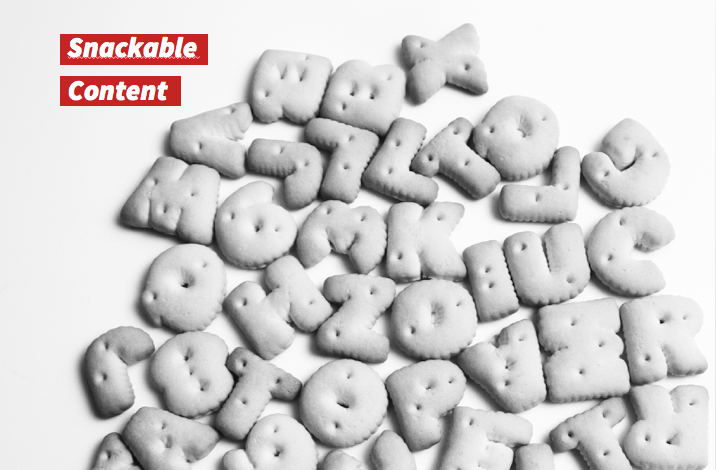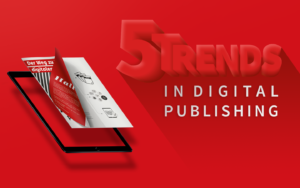The demands and needs for content, information and the formats we daily consume are continually changing with our mood and the situation or time. While we’re on the go, it isn’t unusual to while away time in social media or to search for the solution to a problem before examining it in more depth at home or work. These moments should be used – with snackable content for example.
What content is needed when?
The following scenario: You want to upskill for your job and gain some knowledge in a specific area. Nowadays you have recourse to long-distance universities offering a fixed curriculum, or you can acquire the knowledge yourself with a textbook or tutorial videos on YouTube, presentations on slideshares, contributions to Wikis and so on. There are an incredible number of opportunities for content providers and enterprises to showcase their content and ultimately attract customers and strengthen the brand.
Content can include e.g. tutorials, how-to videos, navigation aids, definitions and product ratings. The wide variety of content should be reflected in the format: videos, short texts, audio, graphics and analysis as pictures, presentations or even stories on social channels – everywhere the customer seeks it, they should find your content in suitable formats for the various devices that access it.
The format can determine whether the content is accessed
The classic magazine concept with content compiled according to topic is often inadequate and not ideal for everyday use, because it doesn’t offer content in formats that match a flexible range of usage contexts. A newspaper is unwieldy in a rush hour train journey; long title reports deserve more attention than they get under time pressure; long text explanations are not helpful when you are looking for quick advice on what step to take next. And articles that are always blocked by advertising banners are simply annoying.
Instead you should prepare content in a variety of versions and lengths, such as introductions, theories, a topic overview in a series of individual videos or a comprehensive report or documentary. Users like having the option to check out short formats and overviews. If they like the content, they will investigate the more detailed variants when the time is right.
Snackable content in the app …
Many magazine customers offer their readers individual articles to attract new subscribers and keep existing ones. The readers profit from the magazine’s high quality info compiled by the editors and all found within one single app, but they are also frequently supplied with new sources of inspiration.
Examples of magazines with their own news apps are Tanzschritt magazine, Fit for Fun magazine or magazines from the service sector such as Blaulicht, , a fire department magazine, or the magazine of the Landesbank Baden-Württemberg. All offer short reports in text and video formats, often with a maximum reading time of five minutes.
Reference is also made to further content to be found on the company’s own website, increasing the reach of this and drawing attention to attractive content space for advertisers.
The strategy is often simple, but effective. The content is offered free of charge to arouse interest and create a basis of trust, whether it be for one’s own content or for the company itself.
… and social media
Instant Articles have been an integral part of publisher and corporate content-strategies for a while now. Immediately available content, in part displayed randomly and in part according to the consumer’s usage habits, offers users a little variety in everyday life and is fun. Here, too, content is welcome that does not exceed a reading or consuming time of five minutes. The point is to arouse the customer’s intial interest in a topic or to position a brand name.
Corresponding content works well to interact with the community. Comments, likes and shares reflect the interests of the readers and are thus good indicators when developing new topics.
Serving new consumption habits
Snackable content, ie content prepared in an entertaining, situation-dependent form, corresponds to the consumer habits of today’s readers, who want to use short time windows effectively in order to make progress with something or just to relax and discover something new.
Keep these formats in mind when planning your future content, because content can often double over as a snack.
This could also be interesting: Mirco moments – efficiently using the moment of decision.

